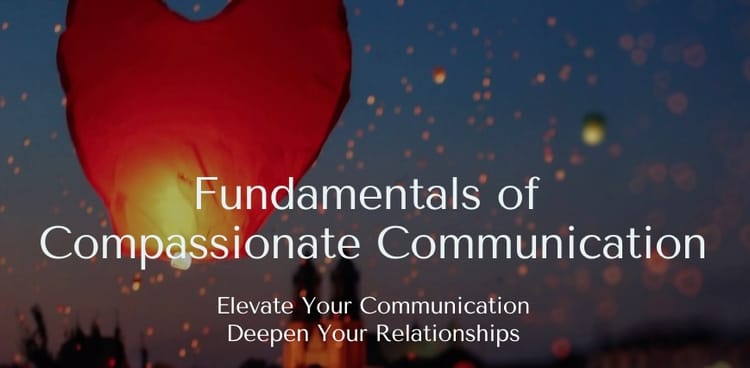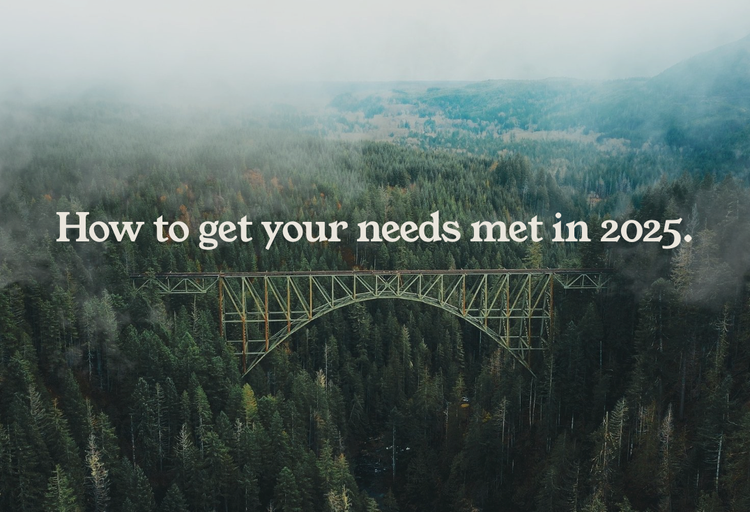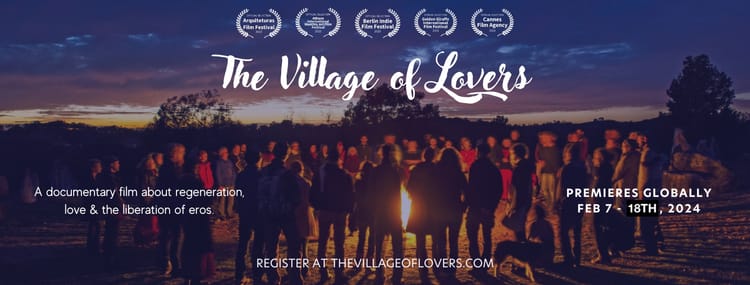Dating Gems—Calling Dibs on the First Kiss

This is a post by NVC and relationship coach Jenna Card.
First dates. They can be thrilling and nerve wracking. I discovered a gem that helped me relax and be myself, so I wanted to share it with others in case it can improve your early dating experience too.
I invite you to imagine… You connected through ‘that app’ and liked the vibe of their profile and pics. You messaged back and forth for a bit and low ‘n behold, you’ve agreed to go on an actual date!
(People are still doing this, right?? Not just me, a gen-x’er, who dated before there was online dating… ;)
Now you are hanging out and things are going pretty well … You joke—they laugh. They share something real—you listen.
There’s chemistry, yet it’s new and untested. You are coming near the end of your time together, then it happens. A subtle tension starts to build… will someone “make a move?” Enter the age-old question of if and when to lean in for that thrilling first kiss?
Reflecting on recent first date experiences and comparing notes with single friends, we all agreed this can be such an exciting and potentially awkward moment! What if one of you is ready and the other is not? What if one of you is a clear “hellsno” and the other isn’t reading the vibe? And how is it for the person who is ‘expected’, by some unwritten social convention, to initiate, but is bewildered about what the right next move is?
We could of course... ASK! In a healthy consent culture, we’d have ease about verbally checking in about escalating intimacy, even if we think we’re pretty clear about what s/thy/he wants. But, hey, dating can be tricky and first dates even trickier.
This is why I was so excited to discover the dating GEM of calling dibs on the first kiss!
As a cis gendered, heteroflexible woman, I date primarily men, who are, in conventional culture, expected to “make the first move.” For me, this often translates to a low-grade body tension on first (or second) dates. This slight “guarding against unwanted advances” conditioning makes it harder for me to relax and be myself.
Then I experimented with telling my date that my preference is to be the one to initiate the first kiss. And Whoosh! I immediately felt more relaxed and freer to be playful and expressive AND the other party, after processing a little surprise, was also relieved to be released from the burden of expectation and uncertainty of initiating.
In fact, the handful of times I’ve requested to claim the first kiss, I’ve been met with only respect, appreciation, and enthusiasm! I have the sense that we both drop into more ease in getting to know one another. If/when the desire for that kiss arises and feels mutual, I get to initiate it with playful flirtation and, of course, verbal consent… which is, honestly, pretty hot.
I am so excited about this liberating shift that I now share my first kiss desire in early messaging as a part of finalizing plans for our first date (example below). Sharing my request up front also affords me the opportunity to experience how they respond to boundaries/preferences/desires. Do they hear it as a “rule?” How do they react… clam up, push back, or share openly how it lands for them? Do I get a felt sense that my expressed boundaries will be honoured?
If you’re having a hard time imagining finding the courage or right words to express this kind of desire or boundary, feel free to check out an actual message I sent below (plagiarize away!). Or if you want to up level your overall communication skills, join us at an upcoming Compassionate Communication course!
Being able to navigate my own inner world of feels, big and small, and the needs associated with them, has helped me be a more relaxed, fun and engaging date (and partner). The practice of Compassionate Communication has increased my confidence in communicating boundaries, making requests and navigating big feelings that may arise for the other person. In my experience, good relating skills makes everything easier... even first dates!
Fundamentals of Compassionate Communication — more info here
My boundary messaging looks something like this… (and please pardon the fact that I rarely proofread my texts!)







Member discussion